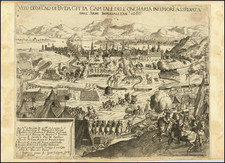Scarce map of Romania and environs, publihsed in La Science et La Vie, in October-Novermber, 1916.
A key to the map shows:
- Rivers
- Canals
- Telegraph Cables
- Railroads
- Sea Channels
Interesting map of Romania and environs, in the midst of World War II.
In August 1914, when World War I broke out, Romania declared neutrality. Two years later, under the pressure of the Allies (especially France desperate to open a new front), in August 1916 it joined the Allies, for which Romania was promised support for the accomplishment of national unity, including recognition of Romanian rights over Transylvania (which was at that time part of Austria-Hungary); Romania declared war on Austria-Hungary.
The Romanian military campaign ended in disaster for Romania as the Central Powers conquered two-thirds of the country and captured or killed the majority of its army within four months. Nevertheless, Moldavia remained in Romanian hands after the invading forces were stopped in 1917. In May 1918, Romania was in no position to continue the war, and negotiated a peace treaty with Germany.
In October 1918, Romania joined the war again and by the end of the war, the Austro-Hungarian and Russian empires had disintegrated. Governing bodies created by the Romanians of Transylvania, Bessarabia and Bukovina chose union with the Kingdom of Romania, resulting in Greater Romania. Since by the war's end, Austria-Hungary and the Russian Empire had collapsed, Bessarabia, Bukovina and Transylvania were allowed to unite with the Kingdom of Romania in 1918.
By the 1920 Treaty of Trianon, Hungary renounced in favor of Romania all the claims of the Austro-Hungarian Monarchy over Transylvania. The union of Romania with Bukovina was ratified in 1919 in the Treaty of Saint Germain, and with Bessarabia in 1920 by the Treaty of Paris.









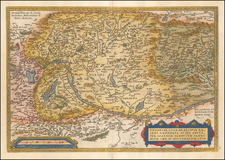
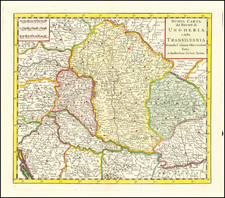
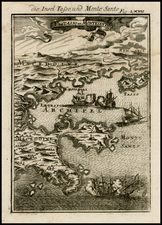
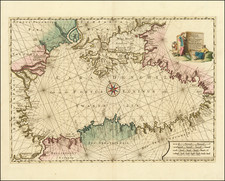
![(Croatia, etc.) Carinthiae Ducatus, Et Goritiae Palatinatus, Wolf. Lazio [with] Histriae tabua a Petro Copolo deferi. [with] Zarae, et Sebenici Descriptio](https://storage.googleapis.com/raremaps/img/small/83259.jpg)
